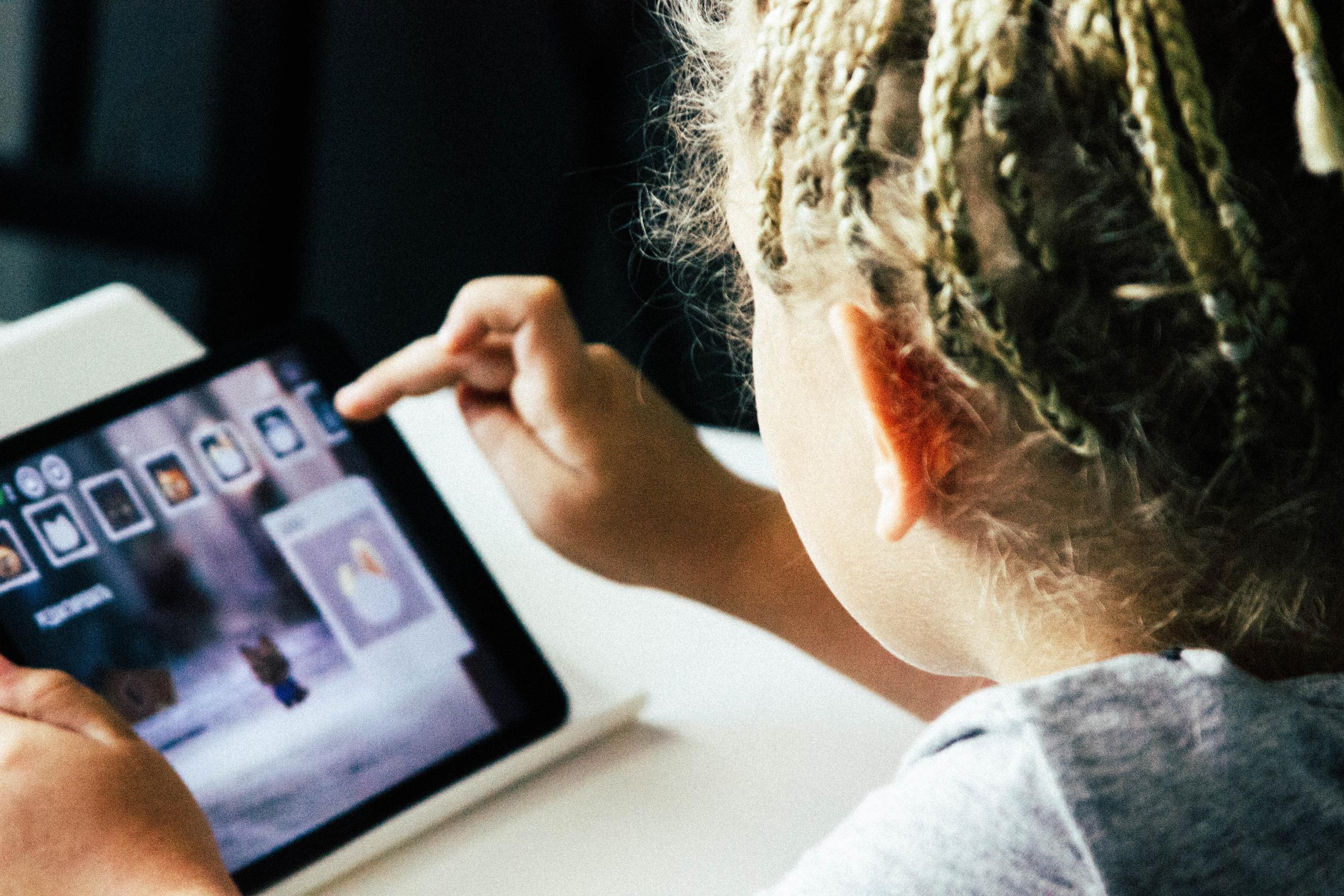National eSmart Week

This week, in addition to being Cultural Diversity Week, has also been National eSmart Week. With a focus on digital citizenship and wellbeing, National eSmart Week asks schools and families to focus on empowering students to be positive, literate digital citizens. At ENPS, we aim to lead the way in embedding digital literacy in students in a creative, authentic, successful way. Throughout the year, classrooms focus on digital citizenship and wellbeing in an effort to ensure students are connected and thriving in an up-to-date and future-ready learning environment. You can help at home by following the advice in this article excerpt from the Alannah & Madeline Foundation, sponsors of National eSmart Week.
Tips for helping your child to thrive in a technology-heavy world
In Conversation with Education Futurist Louka Parry
Being kind to yourself should always be a priority. “You’re learning to parent as you go and you’re learning alongside your child. To support yourself through that you might need to forgive yourself every single night and then recommit every single morning. It's a very good practice because none of us are getting it completely right.” You can only do your best, with the tools that you have on hand.
1. Only embrace technology that serves us (not the other way around)
When technology isn’t helping you, it is hindering your wellbeing. When it comes to tech, “it should be in service of optimal human growth and wellbeing, and if it's not, that's where it shouldn't be getting used.” Take time to reflect on how the technology is making you feel, and when you might find yourself distracted. Then support your children to do the same, and make conscious decisions based on what you discover.
2. Cultivate a love of nature (and offline activities)
Research shows the positive benefits of time in nature, suggesting a balance between digital engagement and outdoor activities, especially for children spending extended periods on screens. “We want to support our children to be technological naturalists, meaning they are technologically savvy, but they love nature. We want to see them getting outdoors or going for a swim, simply playing in nature; these things are becoming more important in our digitising world.”
3. Model intentional behaviour
Set clear boundaries for technology use within the home, such as setting bounded and intentional time for use. Keep devices out of bedrooms and promote face-to-face interactions during moments of connection. Optimal child development and connection is an act of serving and return and technology disrupts this process. However, there’s no need to feel guilty about your own tech use as we live in a digital world, but to be “very cautious about the use of your phone and what you are modelling to your children.”
4. Create space for safe conversations
One of the most important things parents can do to ensure their children are safe and thriving online is to hold space for them to share, engage in two-way conversations and ask them open-ended questions. This process is “just really allowing young people to develop discernment”. These open conversations support their critical thinking skills, as well as help to grow trust and communication in a safe home environment. Try questions that let them think about both the positive and negative sides of technology, such as:
- “What was the best thing that you created with technology today?”
- “When did you feel it was like it made you happiest?”
- “And did anything happen that made you feel a bit yucky?”
- “Do you feel that like there were any moments today when the device was controlling you?”
Creating a safe space is very important because “a lot of children suffer in silence... so that safe space where young people can talk about how they really feel or what's really going on, that's such a critical space especially as we learn more about the negative impact of some platforms on mental health and wellbeing”.
To learn more about starting and continuing great conversations with the children and young people in your life, explore the resources in the eSmart DigiTalk Hub.

